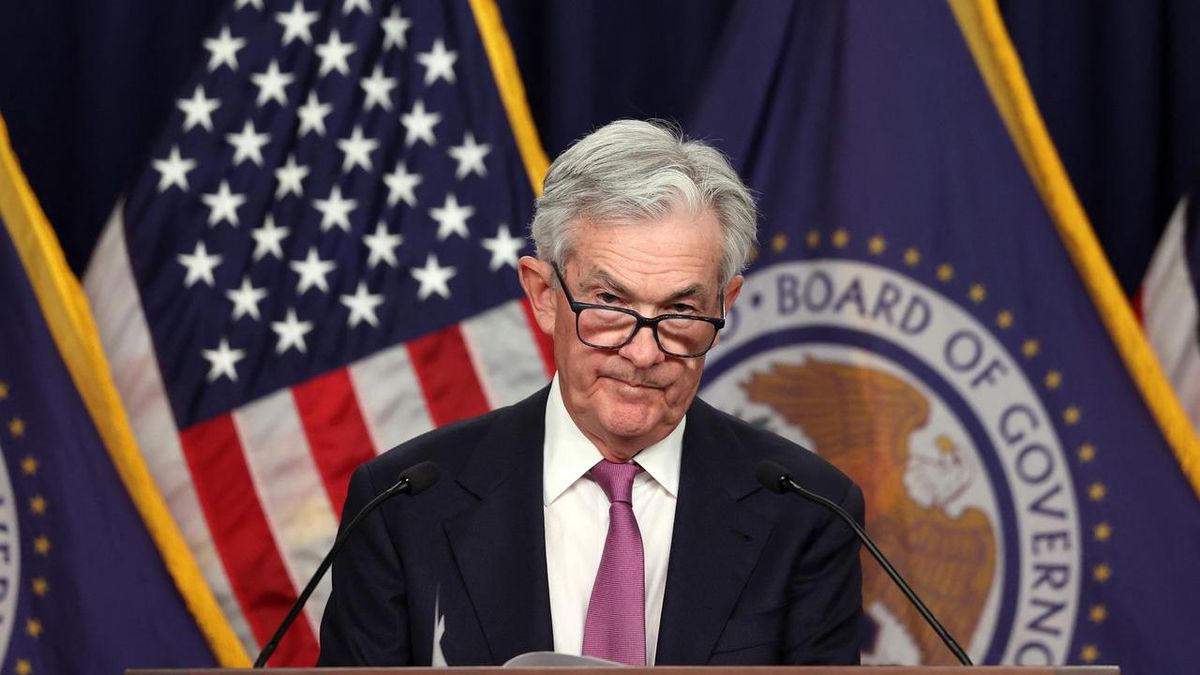He Federal Open Market Committee (FOMC) of the Federal Reserve (Fed) of the USA will decide this Wednesday whether to raise the reference interest rate by 25 basis points or whether to maintain it at the current range, at a time when the US economy is showing signs of overheating, with a very active labor market and in which inflation remains above the goal.
Last week the Fed warned of various risks to the US economy, including “the persistence of inflation, possible losses in the real-estate market and financing pressures in some banks.” This occurs after having gone through an acute crisis last March, after a fracture in the solidity of several regional banks and in the midst of growth and labor market data that led many analysts to rule out the possibility of a recession.
In its Financial Stability Report, the Federal Reserve maintained that “a small group of banks continue to face funding pressures, reflecting concerns about uninsured deposits and other factors.” The document also reflected the vulnerabilities of the economy, especially the persistence of inflationary pressures.
What effect would an increase in interest rates in the United States have?
For analysts, if inflation remains high, the agency could apply a more restrictive monetary policy and, as a consequence, would make credit more expensive and defaults would arise in the commercial chain and in the real estate market.
From March 2022 onwards, the Fed The interest rate was raised eleven times, taking it from a range of between 0% and 0.25% to the current 5.25% and 5.50%. Most Wall Street analysts and investors estimate that the agency will keep rates in the range of 5.25% and 5.5%.
This happens in a context in which consumption continues to be supported by household spending based on credit, retail sales show no signs of contraction and factory orders are at high levels.
An indicator that reflects this is that the GDP of the United States grew 4.9% during the last quarter, which shows that the economy is moving at a dizzying pace, despite interest rate levels.
Oil rises while waiting for the Federal Reserve’s definitions
The prices of Petroleum rose more than 1% on Wednesday, on the eve of the meeting of the Fed and while the conflict between Israel and Hamas remains in the spotlight. The futures of Brent crude oil for January they were up about 1.1%, or 90 cents, at $85.92 a barrel at 10:42 GMT. The futures of raw American West Texas Intermediate (WTI) They also rose 1.1%, or 90 cents, to $81.92 a barrel.
“Crude prices are stabilizing ahead of a key Treasury emissions update and FOMC rate decision,” the analyst at OANDA Edward Moyareferring to the Federal Open Market Committee that sets the direction of US monetary policy.
In Europethe inflation October in the euro zone was at its lowest level in the last two years, according to Eurostat data, which suggests that the European Central Bank (ECB) will not raise interest rates soon. Increases in interest rates to control the inflation They can slow economic growth and oil demand.
In Chinathe world’s largest oil importer, factory activity unexpectedly contracted in October, a private survey showed on Wednesday, adding to dismal official figures a day earlier and raising questions about its fragile economic recovery.
Source: Ambito




